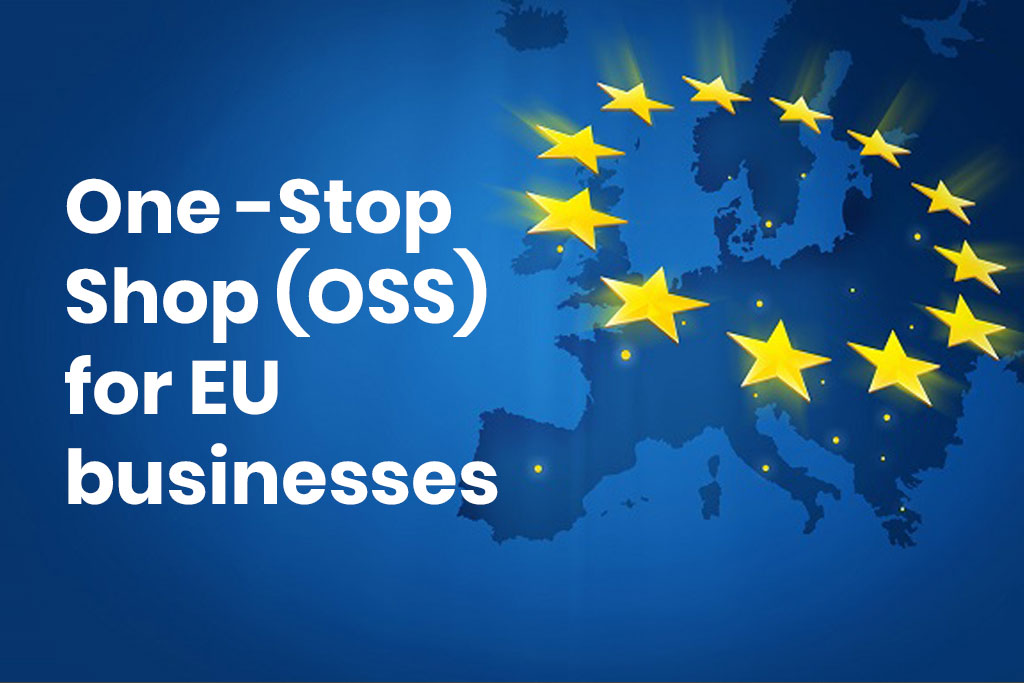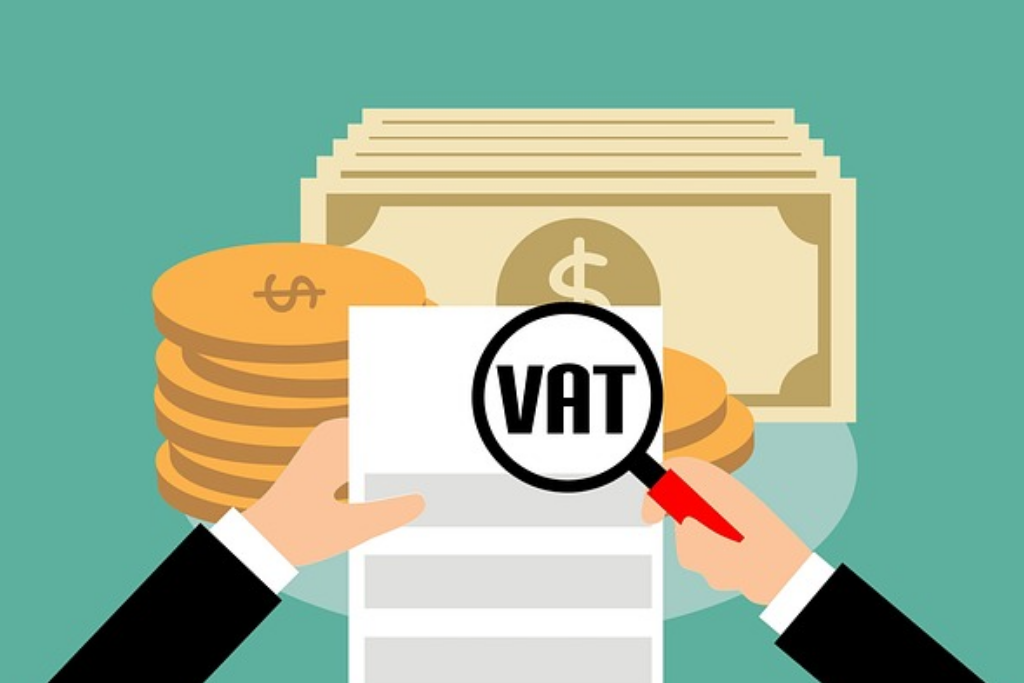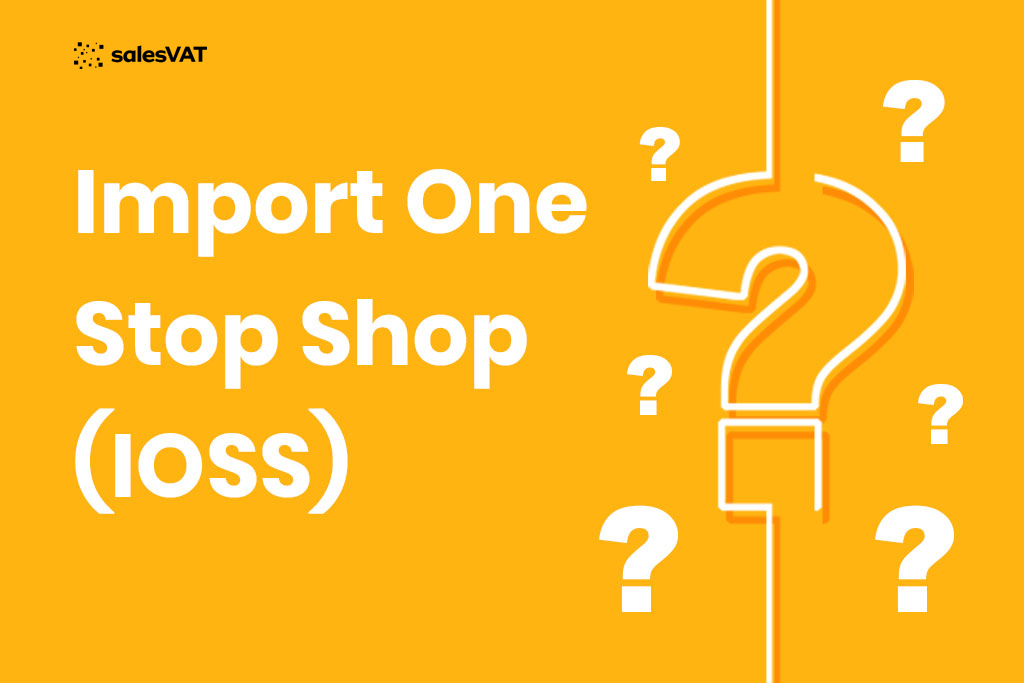As part of modernizing VAT obligations for cross-border transactions, new EU VAT reforms for eCommerce sellers will come into effect from 1st July, 2021 onwards. What does it mean for eCommerce sellers and online traders? How should you prepare your business to accommodate these changes – let’s get to that in a minute.
As you probably know, each EU member state has its own VAT rate, threshold, filing procedures and so on. And for each B2C sale that you make, you must apply the local VAT rate of the country where your buyer is located (buyer destination).
For example, if you’re selling to someone in France, the transaction is subject to the 20% French VAT. VAT rate for the respective EU country is determined by the distance selling threshold of that country – where you trade.
To put an end to the distance selling threshold scheme and as part of EU VAT eCommerce package for cross-border transactions – the 27 EU member states will launch One-Stop-Shop (OSS) – single EU VAT return scheme for B2C eCommerce sellers.
What is the EU One-Stop-Shop (OSS) scheme?
By law, eCommerce sellers who sell products/services to EU consumers are obliged to register and file VAT returns in their country of residence and in each/every country where they conduct trading. This way of tracking tax is pretty much a headache for eCommerce businesses – especially if they have to trade in multiple countries and deal with multiple currencies.
With the launch of One-Stop-Shop EU VAT scheme, eCommerce sellers and online retailers don’t have to worry about dealing with VAT registration/filing in multiple countries. Instead, they can register and file VAT returns in a single EU member state through their OSS electronic portal.
VAT filing under OSS scheme:
Previously EU eCommerce sellers’ will be obliged to complete VAT returns in their country of residence. In addition to that, they’ll have to register and file VAT returns in each of the EU member states where their distance selling thresholds are exceeded. Under the One-Stop-Shop scheme, cross border VAT tracking and filing has been simplified.
If you’ve opted for the OSS scheme, then you will be filing for VAT returns in your domestic country, as at other times. Additionally, you’ll be filing for OSS quarterly VAT returns due to each EU country through a single Union OSS electronic portal.
From the 1st of July, the distance selling threshold scheme will be withdrawn and replaced with the new EU wide VAT threshold of EUR 10,000. If your sales exceed the set limit, then you are liable to declare and pay VAT in the EU Member State where your consumers are based.
Am I eligible for the EU One-Stop-Shop (OSS) scheme?
Your eligibility depends on where you hold your stocks and how you conduct business. Usually, eCommerce sellers and online traders will have their stock holding either;
- In their domestic country – from where they ship to consumers in other EU countries (OR)
- In multiple EU countries where they have consumer base – to ensure faster delivery of products
If you are an EU eCommerce trader holding stocks in your domestic country and selling goods to consumers of other EU nations – then you are eligible for the OSS scheme.
If you are an EU eCommerce trader holding stocks in different/multiple countries and selling goods to consumers of other EU nations – then you are not eligible for the OSS scheme. Instead you will have to register and file VAT returns in each country where you hold and sell your stocks.
If you are a non-EU established trader, you’ll have to first register under Non-Union Scheme in any one of the EU member states, and then carry on with quarterly OSS VAT return filing, just like other EU established traders.
Note: Talk to our tax experts at SalesVAT to find out if you are eligible to opt for the OSS scheme.
Benefits of new OSS scheme for eCommerce and online retailers:
- Reduces compliance obligation for eCommerce sellers and online traders
- Sellers can VAT register in only one EU state (applicable for other EU member states)
- Single VAT declaration and payment for all EU member states
- Enables an effective VAT collection method
- Improves cross-border online trade
- Eliminates VAT fraud across EU nations
- Enables hassle-free trade across borders
How to register for the One-Stop-Shop (OSS) scheme?
Register your business in the country where you’re physically located. The country’s tax website should offer the option for you to register according to the new VAT e-commerce rules. You’ll receive a VAT Registered Number (VRN) and access to the online portal. You can then login to the OSS portal, complete your registration process and manage transactions effective 1st July 2021.
Configure your business to the new EU VAT rules using SalesVAT:
Whether you are an EU established or Non-EU established trader, we help you get ready for new EU eCommerce VAT rules. We keep ourselves updated on changing VAT regulations in order to help our clients stay compliant and enable hassle free cross border trade. With that in mind, our SalesVAT software is designed to provide an automated report with all your sales and VAT figures – for all 27 EU states making your OSS return filing a piece of cake.
EU VATEU VAT eCommerce PackageOne-Stop-ShopOSS




Leave a Reply
You must be logged in to post a comment.